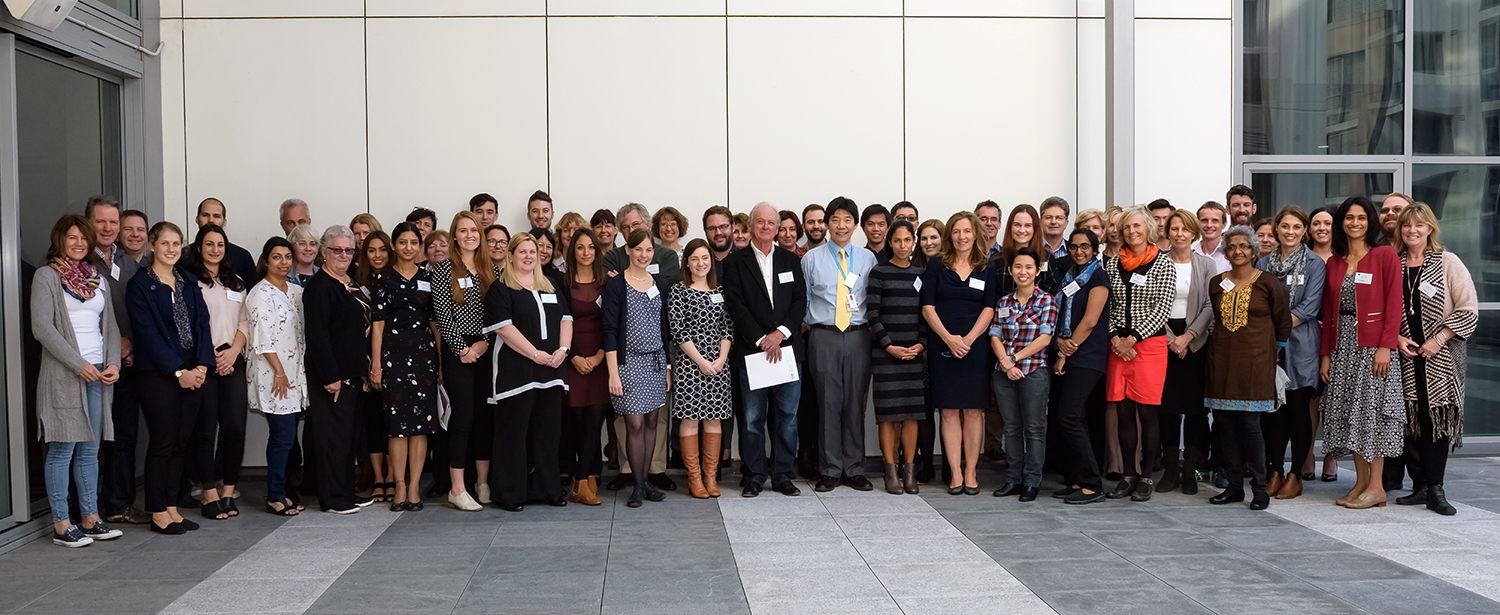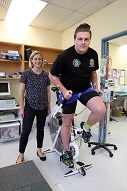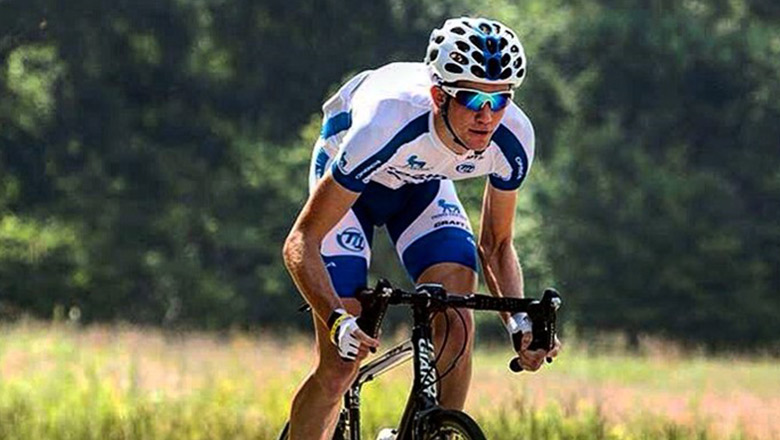Search


News & Events
Exercise and blood sugar levels - we need you!Young people with Type 1 Diabetes are needed for a new study looking at whether blood sugar levels affect exercise performance.

News & Events
Best practice in diabetes careLast month, our Centre's co-Director Liz Davis, attended the National Association of Diabetes Centre's (NADC) Symposium in Sydney.
News & Events
Our country kids are doing wellResearch has shown that no matter where our patients reside in WA, whether it be remote or metropolitan based, the ongoing management of diabetes is the same.
News & Events
Diabetes Camp changes for 2016-2017You may have heard we're moving to our new home at Perth Children's Hospital later this year, sadly this means we've had to cancel our camps.
News & Events
Smartphone donationsThe Diabetes Research Team is requesting donations of old iPhones for a new study investigating the effect of real time CGM on every day diabetes management.
News & Events
Diabete$ Re$earch in Au$traliaIt may surprise you to know that the Australian government has invested almost $300 million dollars since 2000 towards research and clinical trials for diabetes

News & Events
Low Carbohydrate DietsCarbohydrate restriction is used by some individuals with type 1 diabetes to reduce glucose excursions after eating a meal.

News & Events
Recruitment for AdDIT now completeYoung people diagnosed with Type 1 Diabetes are at risk of complications from their diabetes including kidney, heart, eye and vascular disease.

News & Events
WA teenager with type 1 diabetes on a mission to become a pro-cyclistA wiry tall teenager, who was struggling somewhat with his blood glucose control, he turned up on his trusty bike, and we had something in common to talk about.
